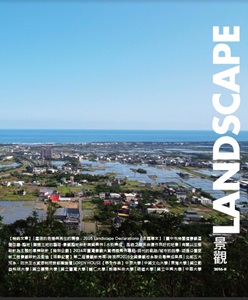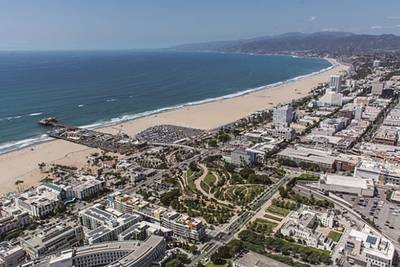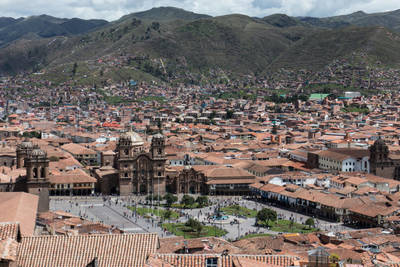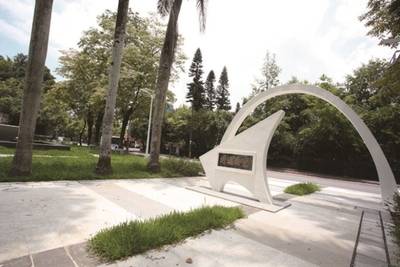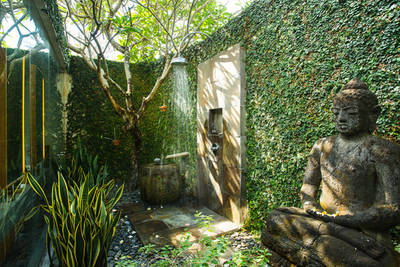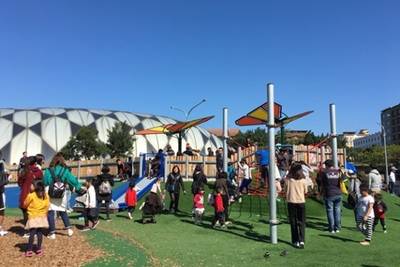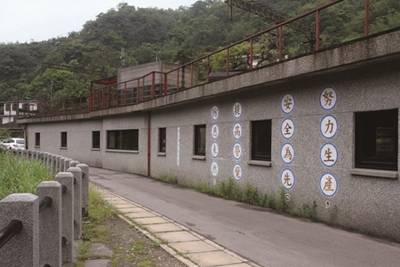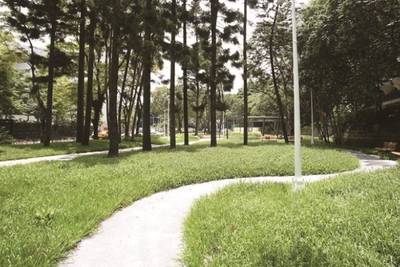時代的軌跡/城市的故事-胡適公園更新工程景觀設計及監造1/5

Hushih Park Renovation Design Project
2016 年臺灣景觀大賞 設計獎 、第 15 屆行政院公共工程委員會 「公共工程金質獎」、2016 國家卓越建設獎「最佳環境文化類 - 永續發展類 - 優質獎」
── 行遠國際工程開發股份有限公司 鄧浩 總經理 專訪
採訪整理:曾筱茹
照片提供:行遠國際工程開發股份有限公司 (PROGRESSIVE ENVIRONMENTAL INC.)
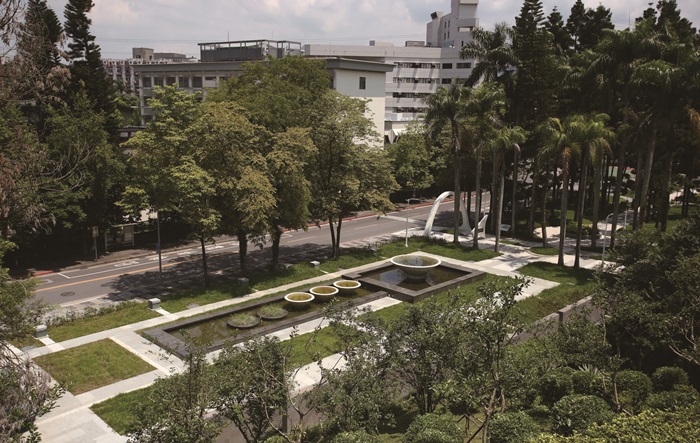
Abstract
Hu Shih Tomb was built with the land donated by esquires in Nankang.Later,many renowned scholars were buried here,earning it the name of “Scholars’Graveyard.”Later,the city government integrated the areas in front of the graveyard and the parkland in front to build Hu Shih Park. However, the Scholars'Graveyard neighbors on the park, rendering it a memorial zone, whereas, it also functions as a park in the neighborhood,with unclear appeal in design,blurring its theme. Therefore,reshaping the atmosphere of the memorial space to accentuate its theme is the prime issue.
With the central axis path as“longitude”and the cemetery trail and fountain as“latitude,”they weave the major spatial framework. The meandering pine woods path represents sensational thinking. The interlacing of sense and sensibility highlights the era Mr.Hu Shih was situated in,and the traces of the times–traditional and westernized,liberal and autocratic. It is not using praise with words to commemorate a renowned scholar but through close reading of his writings and thinking and rethinking of his thoughts.Therefore,there is a motto wall,on which his mottos are engraved, in Hu Shih Park to illuminate his formless thoughts with the form of a wall.
Design Key Points
1.With the central axis path as“longitude”and the graveyard trail and fountain as“latitude,”the major spatial framework is woven to represent rationality and modernity. 2.From the epitaph,we can understand the life of the deceased person.From a graveyard,we can understand the story of a city/the traces of the times. Through Hu Shih Park,people are expected to understand the stories of that era. 3.Hu Shih Park is situated on rulers and grids,in which trees show the solemn background when they are blooming. With the mottos engraved on the motto walls,it guides people to review Mr.Hu Shih's thoughts. 4.The park has been in existence for a considerable time. Most of its vegetation grows in various conditions. According to current conditions,sparse planting,trimming,and transplanting are conducted to create better vegetation space and leisure atmosphere.
公園更新的契機「2016 世界設計之都」
臺灣第一座公園成立在日治時期 1971 年,隨著時間推移,許多建置二、三十年以上的公園開始出現老化、與使用者脫節等問題;加上近年來臺北市人口高齡化、都市發展及都市擴張等環境議題逐漸發酵。從臺北申請 2016 世界設計之都開始,臺北市政府重新省思公園更新的多樣可能性,於是「二代公園」的想法應運而生,期盼公園環境可以透過民眾參與共同規劃環境永續,並因應環境跟上社會趨勢的脈動,提供更貼近市民生活的公園服務,轉化為可體現「臺北意象」、「文化創意」、「健康關懷」及「人力資源」的新世代城市開放空間。
胡適公園的沿革
胡適公園與中央研究院 ( 以下簡稱中研院 ) 相依,面積大約 2.1 公頃,為南港山系延伸的小山丘。為紀念胡適先生對於學術教育的貢獻,除將胡適故居 改為胡適紀念館外,另由台北南港當地仕紳李福人捐地闢建胡適墓園,而後中研院為照顧並紀念獨身過往的院士,安葬多位著名的學者。包含吳大猷、董作賓、徐高阮、王寶先及董同龢等多位學者。匯集多位領導當代風範的學者,使得胡適公園有著「學人墓園」的美譽。
臺北市政府依照墓園所在的自然山勢,統整規劃為胡適公園,並於 1973 年正式開放,讓大眾一同緬懷一代人文風範,也使胡適公園成為墓園公園化一獨特典範。但也因為學者墓園與公園相鄰,空間屬於紀念性空間,但卻帶有鄰里公園的特質,設計主軸較不明顯,使主題性模糊,故如何重塑其紀念性空間氛圍,彰顯其主題性是首要面對的課題。
原文出處:《Landscape景觀》2016-II
